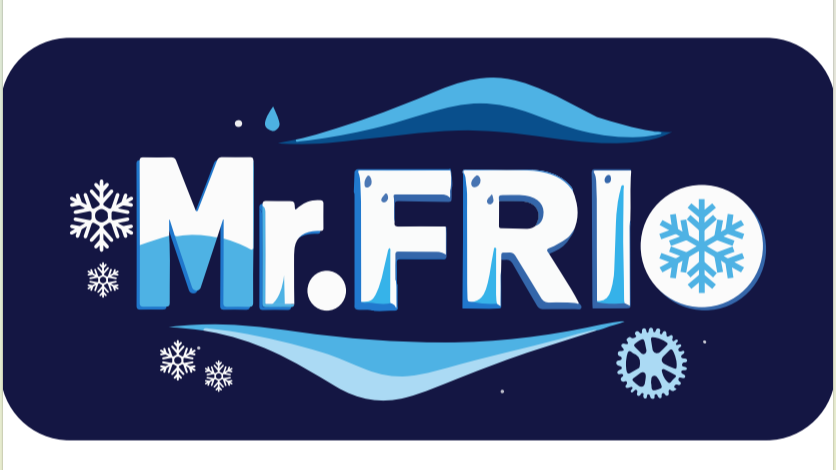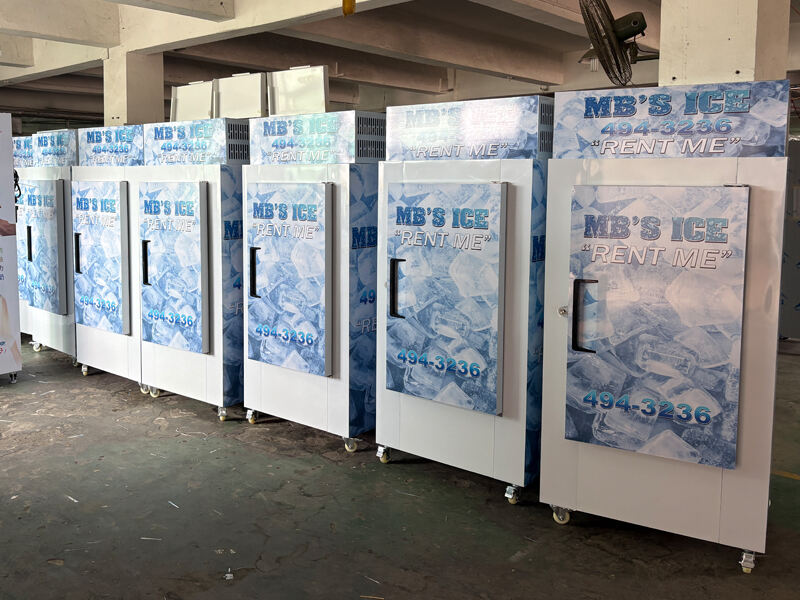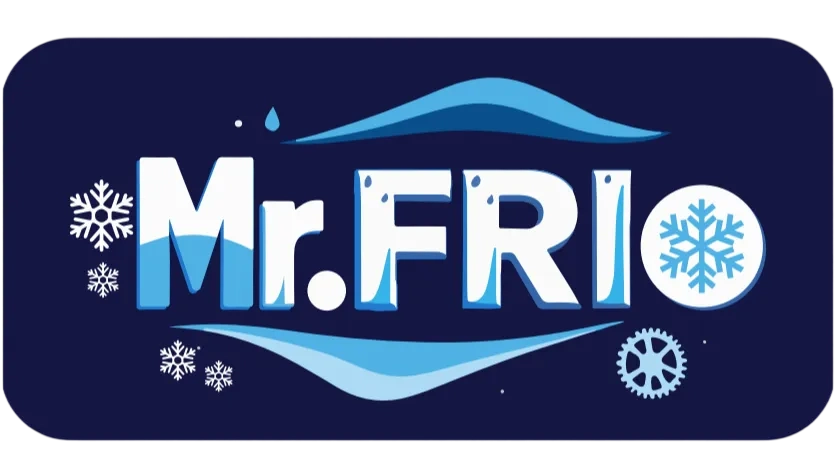Understanding seasonal demand patterns and peak ice consumption periods
Strategic ice merchandiser location boost summer profits through matches with projected demand surges. According to industry reports, 73% of these consumers buy ice once a week when temperatures soar (Market Analytics, 2023) with the purchase at sales peaking between 11:00AM and three PM. Local differences make a difference: Areas with warmer climates consume 40% more ice than temperate ones; over holiday weekends, like July 4th, sales spike to account for 22% of seasonal revenue. Retailers can forecast sales demand by examining local event calendars — festivals and beach holidays are associated with 18% increases in sale.
Optimal locations for impulse purchases: Gas stations, convenience stores, and event entrances
High-traffic zones convert browsers into buyers:
- Gas stations: 34% of customers add ice to fuel purchases when merchandisers are within 15 feet of pumps
- Convenience stores: Placing units near beverage coolers increases bundled purchases by 27%
- Event venues: Ice merchandisers at concert gates achieve 50% sell-through rates in under 2 hours
Proximity to complementary products amplifies results, with placement near charcoal displays increasing pre-barbecue ice sales by 41% (Retail Trends 2023).
Leveraging psychological triggers: Visibility, accessibility, and proximity to grills or coolers
Human behavior dictates ice purchasing patterns:
- Visibility: Merchandisers at eye level in entryways capture 63% more attention than hidden units
- Foot traffic flow: Angular designs placed perpendicular to walkways increase dwell time by 19%
- Impulse zones: Customers are 5x more likely to buy ice when merchandisers are within 10 feet of coolers
Checkout counters drive 32% of unplanned purchases when paired with digital temperature displays.
Design Innovations That Enhance Ice Merchandiser Performance and Brand Integration
Ergonomic Dispensing Mechanisms and User-Friendly Interfaces for Improved Customer Experience
Modern ice merchandisers feature intuitive designs with touchless sensors and illuminated dispensing areas, reducing spills by 22% (Retail Tech Journal 2023) while meeting hygiene standards.
Advanced Insulation and Energy-Efficient Models Reducing Operational Costs
Vacuum-insulated panels and variable-speed compressors slash energy consumption by 30%. A 2023 European market analysis shows retailers recouping upgrade costs within 18 months through lower utility bills.
Customizable Aesthetics: Aligning Ice Merchandiser Design With Retail Branding
Interchangeable panels and LED displays transform units into brand ambassadors, with UV-resistant coatings protecting outdoor graphics.
Balancing Durability With Portability in Modern Ice Merchandiser Construction
Hybrid designs combine aluminum frames with polycarbonate shells, achieving 40% weight reduction while doubling impact resistance — critical for festival repositioning.
Integrating Digital Displays and Smart Technology for Real-Time Engagement and Inventory Control
Dynamic promotions via LCD screens: Real-time pricing and limited-time offers
Digital interfaces adjust prices instantly during heatwaves, with limited-time bulk offers increasing sales by 12–18% seasonally.
Interactive features: Social media integration and customer engagement tools
Touchscreens enable:
- Social media check-ins for discounts
- QR-linked summer beverage recipes
- Polls guiding inventory decisions
IoT-powered inventory monitoring and automated restocking alerts
Sensors trigger alerts at 20% stock levels, reducing empty displays and cutting customer complaints by 25–40%.
Cloud-based sales tracking and predictive analytics for heatwave demand forecasting
Systems integrate weather APIs to auto-increase stock 48 hours before 90°F+ weekends, with one chain reducing excess inventory costs by $18,000 annually.
Data-Driven Trends Shaping the Future of Ice Merchandising in Retail
The Shift From Passive Coolers to Interactive, Data-Generating Ice Merchandisers
72% of retailers report reduced waste after implementing smart units that track:
- Real-time inventory
- Temperature-controlled spoilage (34% reduction)
- Peak purchase times
Adoption of Smart Ice Merchandisers Across Retail Chains
Centralized dashboards help national retailers:
- Align sales with weather patterns
- Automate replenishment
- Adjust event pricing
One Midwestern chain cut emergency restocking costs by 41% during 2023 heatwaves.
AI and Machine Learning in Retail Ice Logistics: The Future of Demand Forecasting
Leading systems predict demand with 89% accuracy using weather and event data:
| Feature | Operational Impact |
|---|---|
| Predictive stocking | 27% fewer stockouts |
| Dynamic pricing | 14% revenue lift |
| Route optimization | 22% fuel cost reduction |
AI transforms ice merchandisers from appliances into profit centers.
Frequently Asked Questions
What are the key locations for placing ice merchandisers?
Optimal placement for ice merchandisers includes high-traffic areas like gas stations, convenience stores, and event entrances. Placing units near complementary products like beverage coolers and charcoal displays amplifies sales.
How do psychological triggers impact ice merchandiser sales?
Visibility, accessibility, and proximity to grills or coolers significantly impact consumer behavior, increasing impulse purchases of ice. Strategic placement of merchandisers at eye level or in high foot traffic areas further boosts sales.
What smart technologies are integrated into modern ice merchandisers?
Modern ice merchandisers use smart technologies such as digital displays, IoT sensors for inventory monitoring, real-time pricing adjustments, and cloud-based analytics for predictive demand forecasting.
How can retailers benefit from data-driven trends in ice merchandising?
Retailers can reduce waste and boost efficiency by adopting smart ice merchandisers, utilizing AI and machine learning for demand forecasting, and aligning sales strategies with weather patterns.
Table of Contents
- Understanding seasonal demand patterns and peak ice consumption periods
- Optimal locations for impulse purchases: Gas stations, convenience stores, and event entrances
- Leveraging psychological triggers: Visibility, accessibility, and proximity to grills or coolers
-
Integrating Digital Displays and Smart Technology for Real-Time Engagement and Inventory Control
- Dynamic promotions via LCD screens: Real-time pricing and limited-time offers
- Interactive features: Social media integration and customer engagement tools
- IoT-powered inventory monitoring and automated restocking alerts
- Cloud-based sales tracking and predictive analytics for heatwave demand forecasting
- Data-Driven Trends Shaping the Future of Ice Merchandising in Retail
- Frequently Asked Questions


